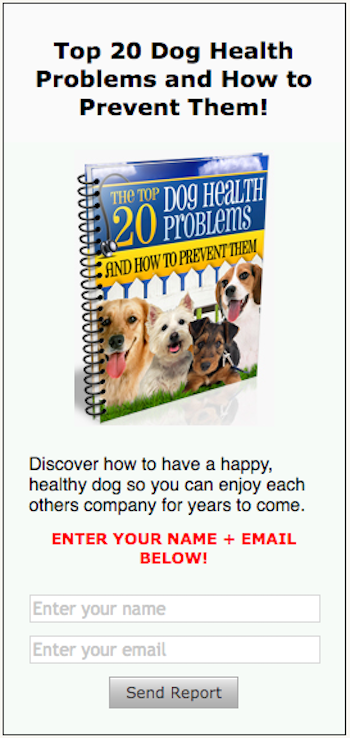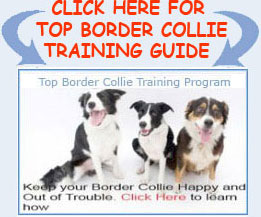Aggression Problems
There is nothing more alarming than a dog with aggression problems. Such issues can be a sign of a number of problems. If you adopted your dog as an adult, they may have been poorly treated as a puppy. If you raised the puppy without proper limits, they may be trying to assert dominance over those around them. If the dog is bored or has excess energy they may have developed anxiety or fear issues that need to be assuaged by strong, alpha leadership.
This is a hard one to provide specific advice on, because all dogs are different and each aggressive tendency needs to be handled with special care and specific actions according to the dog and their issues. In many cases, it is a good idea to hire a dog training or behaviour specialist who can help outline a plan to treat your dog’s aggression. For general issues, however, here are some tips to get you started.
Pinpointing Sources of Aggression
To start with, you need to determine what is causing your dog’s aggressive behaviour. Some people may not catch the patterns until they stop and check it directly. Here are some common aggression issues that you may encounter:
• Food Aggression
• Towards Children
• Towards other Dogs
• Towards Strangers
Once you’ve distinguished what is causing the aggression in your dog, it is time to avoid those particular situations as much as possible for the foreseeable future. If your dog is aggressive towards other dogs, don’t take them to a dog park until you can determine if the behaviour is curable. The same goes toward children and food. While addressing an aggression issue, it is extremely important to be careful.
Positive Reinforcement
The majority of training regiments will include positive reinforcement – the process of providing treats and praise to a dog when they act as you want them to act. One common way to do this is to have your dog on a leash and stand far away from the source of aggression. Give your dog treats and praise and then move closer to the source of aggression. They will eventually start to see that source of aggression as a source of reward and get excited rather than angry when they see it.
The important thing to remember here is that your dog will not react well to negative reinforcement. Punishment will escalate and can result in aggression or violence. You might even cause your dog to bite, as most aggression is a result of fear and anxiety – violence and anger only heighten that fear. Additionally, never punish a dog for growling. That growling is scary, but it is a warning sign of discomfort. If you remove it, your dog may simply bite instead without the warning needed to remove them from the situation.
Food Aggression – If your dog shows signs of food aggression, there are a few things you should do. To start with, never punish the dog for that aggression. Instead, you need to retrain them to think differently. This starts by setting up a feeding schedule. Stop filling the bowl at all times, and start feeding them only 2-3 times a day with the same amount of food. By becoming the source of the food, they look to you for the food rather than attempting to protect what they feel is theirs. Additionally, you can try feeding your dog in a different room to remove the sense of ownership over that location, and you should always remove any other dogs from the room and feed them separately if necessary.
Aggression with Other Dogs – Another common source of aggression is towards other dogs. If you have another dog in your home, this can be resolved by going on a walk together and letting them get to know each other on leashes. If the dogs have been around each other for some time, it can be a sign that your dogs do not have a clear leader in their pack and are fighting with each other for that role. When this happens, you need to step up and take the alpha leadership position. Often times, simply by showing clear leadership, you can negate any negative behaviours in the dogs of your home towards each other.
Avoid Rewarding the Behaviour – The number one thing that all dog owners need to remember is that aggression is not acceptable and cannot be allowed. If your dog snaps at someone, don’t pet them afterwards or try to be reassuring. It will only reinstall the behaviour. Don’t punish them either as it can be confusing and create worse situations. Your goal should be to address correcting the behaviour, not directly reacting to it.
As you can see, there are many ways a dog might exhibit aggressive behaviour and many ways to stall or eliminate that behaviour. The one constant among it all is the need of the owner to be consistent in their actions and to provide strong, alpha leadership for the dog. Training your dog through obedience training is another important step as well.
If Things Go Too Far
Don’t forget that there are options to help you control your dog while training them. To start with, see a vet to ensure your dog is in good health and their aggression is not a medical problem. Second, obtain restrictive leashes or muzzles if they are necessary in public. Finally, stop making a big deal about certain things like when another dog approaches or when strangers are nearby. Your dog feeds on that anxiety and will react accordingly, especially on a leash. It all starts with powerful, strong leadership from the owner. If you can provide that, your dog’s aggressive tendencies will be much easier to deal with.


